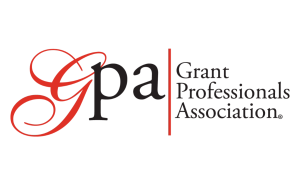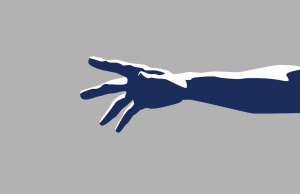The need for the program has been established. The organization is credible and the budget is concrete. Now you lay out the methods section. Why are fundraisers doing the work this way? Well, that’s how it has always done it. It is the traditional approach.
Beginning in the 17th century, medical practitioners began to wonder: what if we did it “the old way” with one group, and tried a new way with a different group? We could see whether one method worked better than another. This investigation gave birth to control groups and clinical trials. In 1992, the Canadian physician and public policy activist Gordon Guyatt put the term “evidence-based” out in the open and it has resonated ever since.
“It’s pretty common now,” said Thomas Boyd, chief editorial consultant for The Grantsmanship Center on Los Angeles, Calif., “in funding guidelines and RFPs and other opportunities, to tell a grantmaker that what you do is based on some external experiential proof that it works.” In addition, a funder is likely to ask, “If you do A, will it lead to B, and how do you know?” This gives rise to logic models — a widely-used road map of a program’s actions and outcomes.
Is there evidence that your tutoring model, for example, produces better academic outcomes than a different approach? Do seniors who join exercise classes demonstrate better health outcomes? Can you find evidence that your creative writing approach helps adolescents become more confident? These are the kinds of evidence-based requests you might be asked to address in a proposal.
If your organization has never done a control group or a clinical trial, all is not lost. Somewhere out there a similar approach has been tried and results have been documented—find it and dig into it. Foundations themselves are good repositories of evidence—they’ve probably funded programs like yours (that’s why you’re approaching them) and have learned some things about what works.
Billions of dollars and millions of nonprofits ago, a program might be brand-new and without precedent. These days, the evidence suggests that if your organization wants to launch an afterschool center for low-income kids, or a media campaign to discourage vaping, or a job skills center for vocational training, others have tried it and gathered data about what worked. Track down the stats on success (or failure). It’s a good idea to base your approach on demonstrated impact. © Copyright 2022 The Grantsmanship Center












